India, officially known as the Republic of India, is a country located in South Asia. It is known for its diverse culture, extensive history, and significant economic growth. India is the second-most populous country in the world and has a rapidly growing economy with a rich heritage of traditions and languages.
Geography
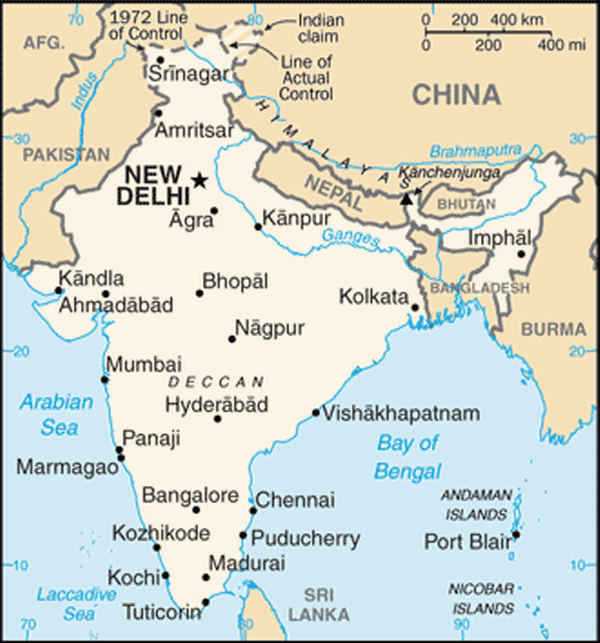
- Location: South Asia, bordered by Pakistan to the west, China and Nepal to the north, Bhutan to the northeast, and Bangladesh and Myanmar to the east. It is bounded by the Indian Ocean to the south.
- Coordinates: Approximately 20.5937° N, 78.9629° E.
- Area: Approximately 3,287,263 square kilometers.
- Borders:
- Shares land borders with Pakistan, China, Nepal, Bhutan, Bangladesh, and Myanmar.
- Climate:
- India has a diverse climate ranging from tropical in the south to temperate and alpine in the north. The country experiences three main seasons: summer, monsoon, and winter.
- Terrain:
- The terrain varies from the Himalayan mountain ranges in the north to the coastal plains in the south. Includes fertile river valleys, deserts, and plateaus.
- Elevation:
- The lowest point is the Indian Ocean (0 m), and the highest point is Kangchenjunga (8,586 m).
- Natural Resources:
- Includes coal, iron ore, manganese, mica, bauxite, and various minerals. India also has significant agricultural resources and a growing renewable energy sector.
- Land Use:
- Arable land: approximately 60%, permanent crops: 1%, other: 39%.
- Population Distribution:
- Highly dense in urban areas with major cities including Delhi, Mumbai, Kolkata, and Bangalore.
Population and Society
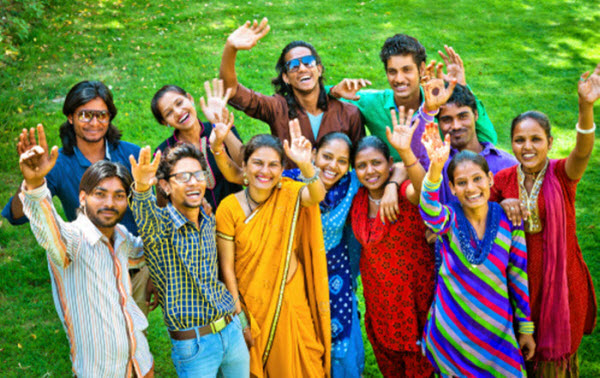
- Population: Approximately 1.4 billion (estimate for 2024).
- Ethnic Groups:
- India is ethnically diverse with various groups including Indo-Aryans, Dravidians, Mongoloids, and others.
- Languages:
- India has 22 officially recognized languages with Hindi and English as the primary languages for government and administration.
- Religions:
- Major religions include Hinduism, Islam, Christianity, Sikhism, Buddhism, and Jainism.
- Age Structure:
- India has a youthful population with a significant proportion under the age of 25 and a growing middle-aged population.
- Population Growth Rate:
- Approximately 1.0% per year.
Country
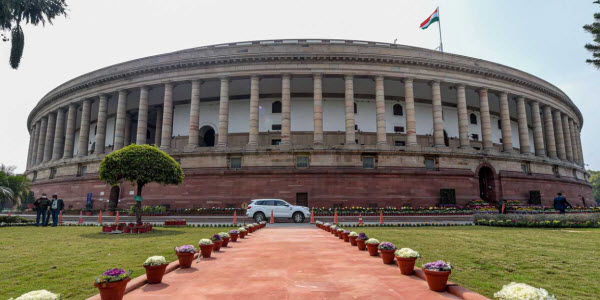
- Country Name: Republic of India
- Common Name: India
- Origin of Name: The name “India” is derived from the River Indus, which flows through the northwestern part of the country.
- Type of Government: Federal parliamentary democratic republic.
- Capital: New Delhi
- Origin of Capital Name: New Delhi is named after the historical city of Delhi and serves as the seat of the Indian government.
- Local Time: Indian Standard Time (IST) (UTC+5:30).
- Daylight Saving Time: India does not observe daylight saving time.
- Administrative Divisions: 28 states and 8 Union territories.
- Dependent Areas: Includes territories such as the Andaman and Nicobar Islands.
- Independence: Gained independence from British rule on August 15, 1947.
- Citizenship Acquisition: By birth, descent, or naturalization.
- Legal System: Common law system based on English law and influenced by various other legal traditions.
- Executive Branch: The President is the ceremonial head of state, while the Prime Minister is the head of government.
- Legislative Branch: Bicameral Parliament consisting of the Lok Sabha (House of the People) and the Rajya Sabha (Council of States).
- Judicial Branch: The Supreme Court is the highest court in India.
- Political Parties: Includes major parties such as the Bharatiya Janata Party (BJP) and the Indian National Congress (INC).
- Flag Description: A horizontal tricolor of saffron, white, and green with a navy blue Ashoka Chakra (24-spoke wheel) in the center.
- Country Code: IND
Economy
- GDP: Approximately 3.5 trillion USD.
- Agricultural and Animal Products: Rice, wheat, sugarcane, cotton, and various livestock products.
- Industries: Information technology, textiles, chemicals, pharmaceuticals, and steel.
- Budget: India has a significant budget with a focus on development projects, infrastructure, and social programs.
- Exports: Petroleum products, textiles, pharmaceuticals, and engineering goods.
- Imports: Crude oil, gold, machinery, and electronics.
- Foreign Reserves: Approximately 600 billion USD.
- External Debt: Approximately 700 billion USD.
- Local Currency: Indian Rupee (INR).
Communications
- Fixed Lines: Approximately 300 million lines.
- Mobile Lines: Approximately 1.2 billion lines.
- Country Code: +91
- Broadcast Media: All India Radio (AIR), Doordarshan, and numerous private broadcasters.
- Internet Code: .in
- Internet Users: Approximately 800 million people.
Transport
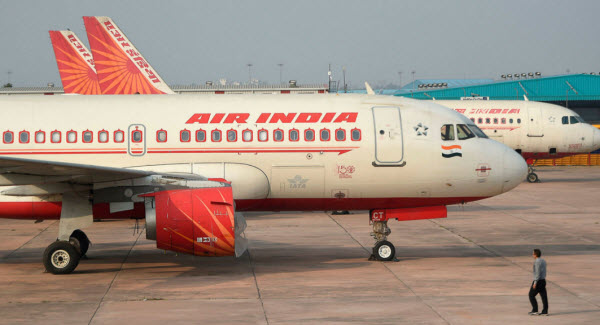
- National Air Transport System: Extensive network with major international airports.
- Airports: More than 130 airports.
- Heliports: Limited number, mainly in major cities.
- Pipelines: Extensive network for oil and gas.
- Railways: One of the largest railway networks in the world with both passenger and freight services.
- Road Network: Includes national highways and state highways totaling approximately 5 million kilometers.
- Ports: Major ports include Mumbai, Chennai, Kolkata, and Visakhapatnam.
Military
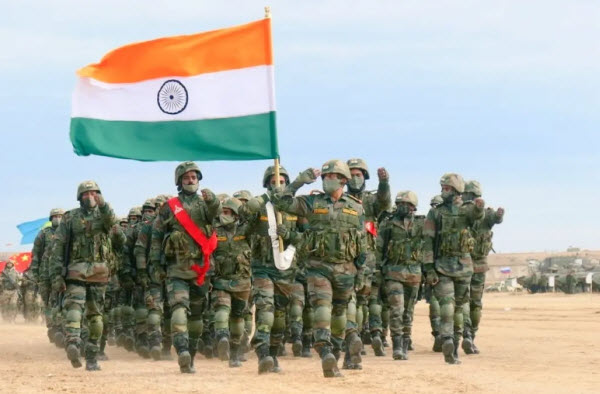
- Military Composition: Includes the Indian Armed Forces, which comprises the Army, Navy, and Air Force.
- Military Expenditures: Approximately 70 billion USD per year.
- Personnel in Military and Security Services: Approximately 1.5 million active members.
- Military Equipment: Includes advanced fighter jets, naval ships, tanks, and missiles.
- Military Service Age: Voluntary enlistment with no mandatory service requirement.
